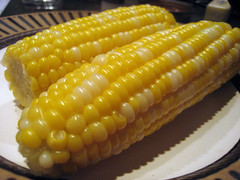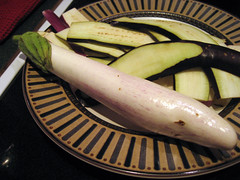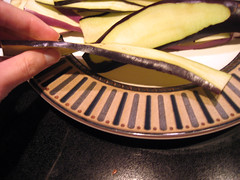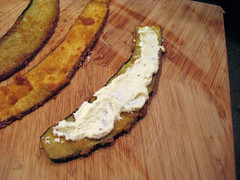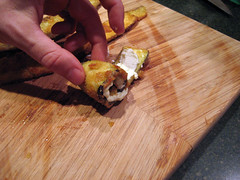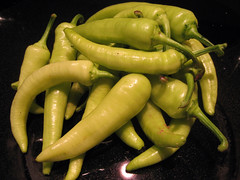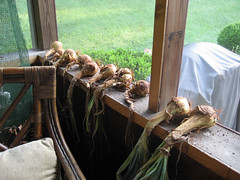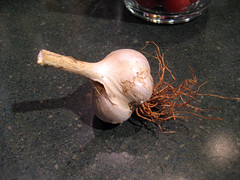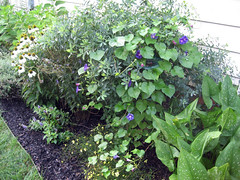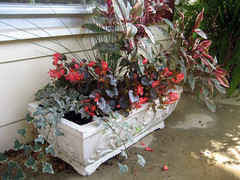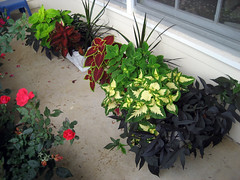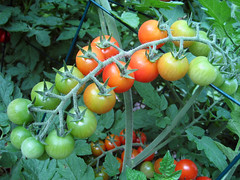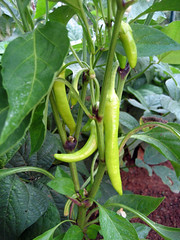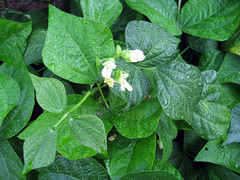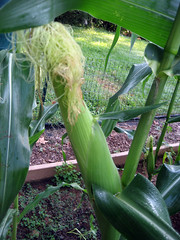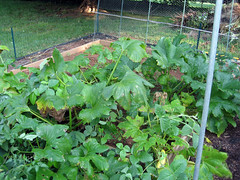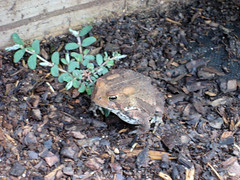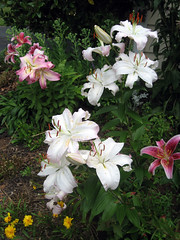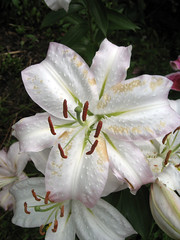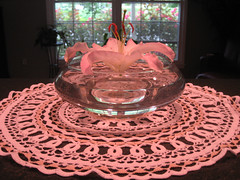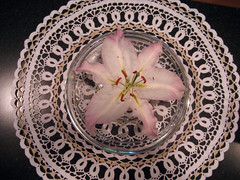Roasted Tomato Soup
For the past two years we have juiced up our tomatoes and transformed them into rich pasta sauce, which we canned up for later use. This has worked out well, providing us with pasta sauce all year long. In fact, I still have two cans left from last year. I thought about doing something different this year, like maybe canning up a tomato soup, but I didn't really feel like peeling and de-seeding tomatoes, so I went in search of a tomato soup recipe that doesn't mind all those peels and seeds.
I found a tasty looking recipe for Roasted Tomato Soup at 101cookbooks.com, an amazing recipe blog.
It turned out ok, but I don't think I'm going to invest the rest of my tomatoes in this recipe for canning. The smoked paprika gave me a bit of a stomach ache the next day, and "roasting" the tomatoes created a mess in the oven. Who knew tomatoes gave off so much juice when roasted?
If you have an excess of tomatoes, give this recipe a shot. I recommend adding some white beans for a more hearty texture and a little cheese on top for extra flavor.

